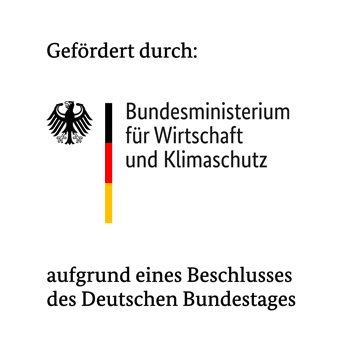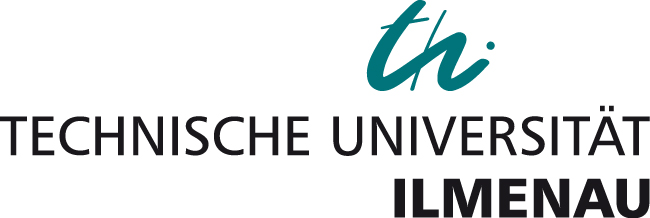Das Projekt wird im Rahmen des EFRE Programms 2021 bis 2027 des Landes Mecklenburg-Vorpommern aus Mitteln des Europäischen Fonds für regionale Entwicklung der Europäischen Union und des Landes Mecklenburg-Vorpommern gefördert.
Gegenstand von VUSSIO ist der Entwurf und die prototypische Umsetzung eines innovativen Schallsensors, der in einem hybriden Ansatz statistische, adaptive und selbstlernende Operatoren direkt im Sensor kombiniert und dadurch einen gegenüber bisherigen Systemen maßgeblich erweiterten Anwendungsbereich abdeckt.
Alle für den Produktivbetrieb notwendigen Analysen direkt im Sensor durchzuführen bietet enorme Vorteile im praktischen Betrieb. Störeinflüsse, Ressourcenverbrauch und Konfigurationsaufwand werden so minimiert, während die Anwendungsmöglichkeiten im industriellen Umfeld gegenüber mehrteiligen Lösungen deutlich umfangreicher sind. Diese Anwendungseigenschaften sollen mit dem Design des VUSSIO-Schallsensors umgesetzt werden.
Rohdaten werden dabei bereits sensorseitig in charakteristische Merkmale aufgespreizt und in einer technischen Zwischenstufe für eine relevanzadaptive Bewertung des Signals herangezogen, woraus sich eine relevanzadaptive Filterung ergibt. Diese Vorgehensweise ermöglicht, relevante Signale von bedeutungsärmeren zu unterscheiden und entsprechend automatisch zu filtern und zu markieren.
Durch die Übertragung von "kondensierten" Merkmalsvektoren (mit höherem Informationsinhalt pro Datenbit) werden Übertragungs- und Energieversorgungsressourcen minimal belastet und das Verhältnis zwischen Information und Grundrauschen wird essentiell verbessert. Die Kartierung der ermittelten Geräuschmerkmale erfolgt mit unterschiedlichen Zeitauflösungen, wodurch auch schleichende Alterungs- und Verschleißprozesse quantifizierbar werden. Die ereignisschwellenbezogene Klangaufzeichnung speichert und überträgt kurze Klangschnipsel, die für eine manuelle Analyse herangezogen werden können.
Zur optimalen Unterstützung des Sensorbetriebs wird parallel eine interaktive Bedien- und Konfigurationsoberfläche vorgesehen, die wahlweise über direkte Netzwerkverbindung oder über eine Cloud-Anbindung mit dem Sensor kommuniziert.

This project ist co-financed by Federal Ministry for Economic Affairs and Climate Action.
Leaky containers are a key issue for beverage and food manufacturers, as this affects the quality and shelf life of the products. Acoustic inline measuring systems are already available for leak testing, but they are not suitable for continuous use in harsh industrial environments. Contamination leads to clogging of the microphone protection cap and thus to measurement errors or even failure of the microphone. Undetected measurement errors can lead to consumers receiving inferior products and the manufacturer's reputation suffers. If the microphone fails completely, there is a loss of production because the microphone has to be sent in. The aim of the project is to develop a sound sensor system based on acoustic resonance analysis for inline quality testing that is particularly suitable for harsh industrial conditions. The development of an AI-based self-monitoring function for the sensor system is particularly challenging. This should detect measurement errors intelligently and independently and provide recommendations for action.
This is a collaborative project between ds automation gmbh, Fraunhofer Institut für Digitale Medientechnologie (IDMT) and Technischen Universität Ilmenau - Fachgebiet Fertigungstechnik.




